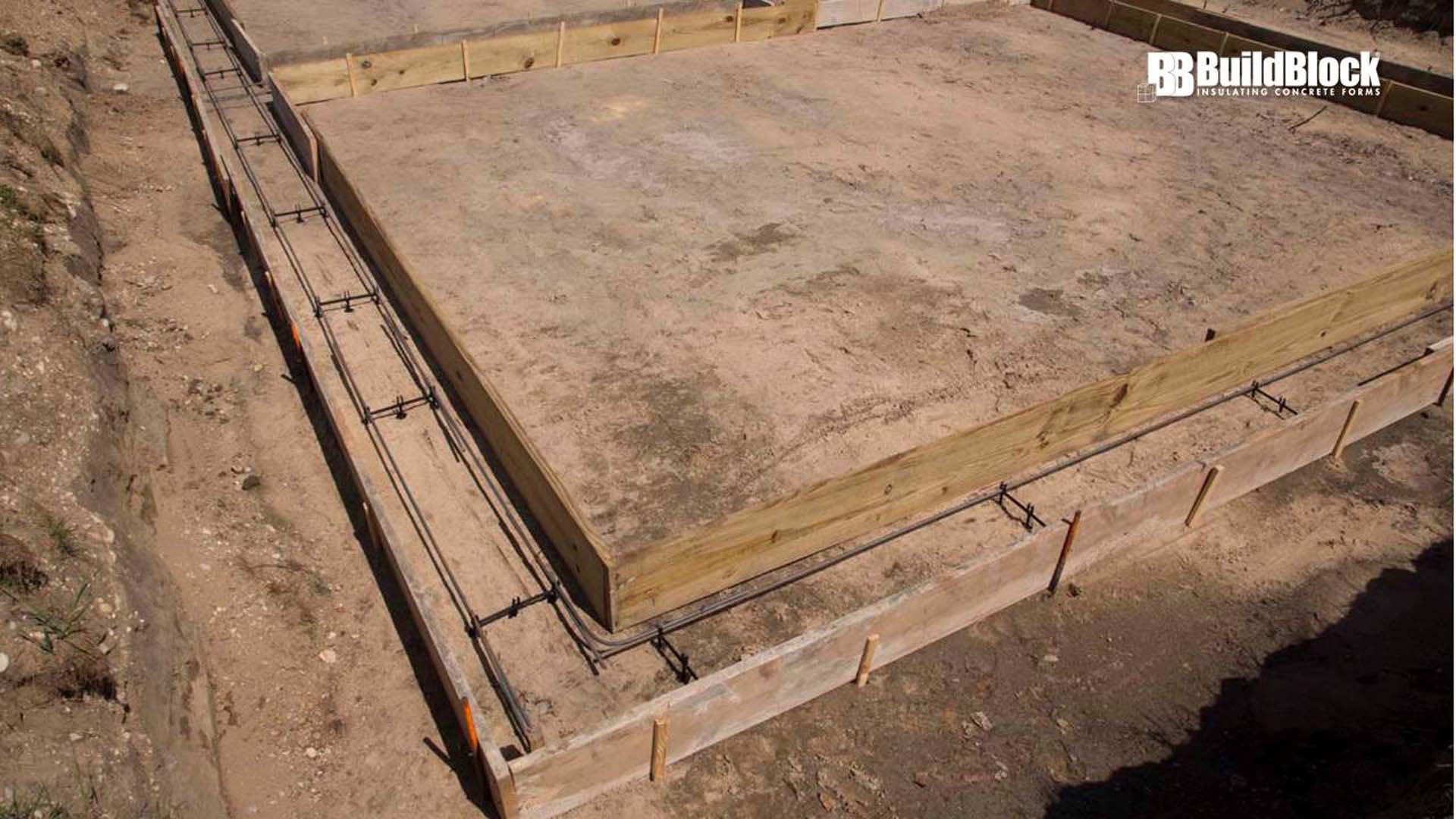Table Of Content

The importance of footing in building construction cannot be overstated, as it lays the groundwork for the entire structure’s stability and durability. Drilled shafts or caissons are similar to pile foundations but are constructed by drilling large holes into the ground and filling them with concrete. They are used in structures that require a deep foundation due to unstable soil conditions. Footing in construction can be classified into various types, each designed to address specific structural needs and ground conditions. The five main types of footing include strip footing, spread footing, raft or mat footing, pile foundation, and drilled shafts or caissons.
How long can a house foundation last?
Additionally, the materials used to create pile footings are susceptible to corrosion and damage and must be properly maintained. By far the most common type of foundation for difficult terrain is a concrete slab. The first step is to reinforce the soil with a stiff slab and cover this with tough and durable plastic wrap; this layer acts as a vapor barrier for the house. An elevated slab foundation, like Tella Firma’s, combines a slab foundation with a pier-and-beam system. The elevated foundation takes a little longer to build and is more expensive than standard foundations—but it can save you money if water damage is a concern.
The Guardian view on the SNP-Greens split: an unsurprising but costly rift

While often used interchangeably, footing and foundation are distinct components in building construction. Instead of having most of the basement underground, a daylight basement often has one or more sides completely embedded in the ground from floor to ceiling while the other sides are exposed. The steel has to extend 3 feet into the main wall and 3 feetinto the shorter wall beyond the point where the footing starts (Figure11). Water in the ExcavationWhen you're working in an area with a perched water table during the wet season, you sometimes find ground water moving into your trench.
What is the purpose of concrete footings in construction?
Attach string or twine to the corner stakes (or batter boards, if using them) and run it along the outer edges where the foundation footings will be. Add temporary bracing to the stakes to keep the layout secure during excavation. Moreover, obtaining the necessary permits and adhering to local regulations is essential.
The most common applications of strip footings are for foundation walls, exterior walls, interior walls, columns, and pillars. Strip footings can be used to construct residential, commercial, and industrial buildings. The advantages of using shallow footings include their affordability and ease of installation. They can also be used in various soil types, making them versatile for different building structures. Additionally, shallow footings don't require much excavation work, making them a much faster and less intrusive installation. When construction workers pour a slab on grade — aka, a monolithic slab — they complete the pour in one go.
Avoiding Frost Heave on an Unprotected Foundation - Fine Homebuilding
Avoiding Frost Heave on an Unprotected Foundation.
Posted: Wed, 11 Oct 2023 07:00:00 GMT [source]

Different soil types have varying load-bearing capacities, and this analysis helps determine the adequacy of your chosen location for footings. A comprehensive site evaluation is equally vital, considering factors such as existing structures, utilities, and property boundaries. Many foundations have at least one large horizontal concrete slab.
Home Foundation Inspection – Bob Vila - Bob Vila
Home Foundation Inspection – Bob Vila.
Posted: Wed, 03 Apr 2024 11:18:56 GMT [source]
Research Decorative Concrete
Because concrete is very poor at resisting these tension forces, steel reinforcement bar, or rebar, is added for strength. The IRC has tables for the minimum rebar requirements for different situations. The most common sizes in residential construction are #4 and #5 rebar, typically with two continuous lengths located toward the bottom of the footing.
Paying attention to detail, following design specifications, and adhering to best practices will contribute to the long-term stability of your construction project. Like a basement foundation, a crawl space provides access to structural, plumbing, electrical, and HVAC components for easier remodeling and repair. The primary disadvantage of crawlspace foundations is that they are prone to water intrusion and condensation, and the mold and wood rot that results from excess moisture. The purpose of all foundations is to transmit the load (weight) of the house, the occupants, and their belongings, to the soil under the foundation.
Find out how much your project will cost.
Employ the triangle method to ensure the foundation corners are square. Measure 3 feet along one string from a corner stake and 4 feet along the adjacent string. Our guide offers a step-by-step overview of how to lay a foundation and insight into do-it-yourself (DIY) options. However, in nearly every scenario, we recommend hiring a professional to ensure safety, quality, and peace of mind. Remember, foundations are complex structural elements that leave little room for error.
Multiplying the width by the linear footprint of the structure will give you the size in linear feet. When installing pad footings, it is important to ensure that the footing is adequately reinforced and leveled. This will help to ensure that the load from the structure is evenly distributed across the pad footing and that the footing will be strong enough to support the structure. Other materials, such as brick, stone, or treated lumber, can be used as well. But for people who live in floodplains, a stable foundation is the top priority when building.
I know of cases where poor soils were detected and a geotechnical report for the site was completed, but that information was never shared with the structural engineer. There is wide agreement that creating a path for water to escape from beneath a building’s envelope is a good idea. A typical residence may have a perimeter drain located at the footing elevation. In a case where a house is being built on a site with saturated soils, the footprint of the house is cleared on the site to a level even with the bottom of a poured footing. After the footings are constructed, the area inside the footings is filled with a drainable gravel such as crushed stone.
Once the proper depth is reached, a pile is cut to height and fitted with a bracket that will hold a support beam or reinforced slab. Even if water and muck still fill the spaces between the stones, contact between them will help provide a proper bearing. While building in certain areas during the wet season, groundwater may move into the trench. You may consider pumping out the water if it will not flow right back. The lower the soil’s bearing capacity, the wider the footing should be.

No comments:
Post a Comment